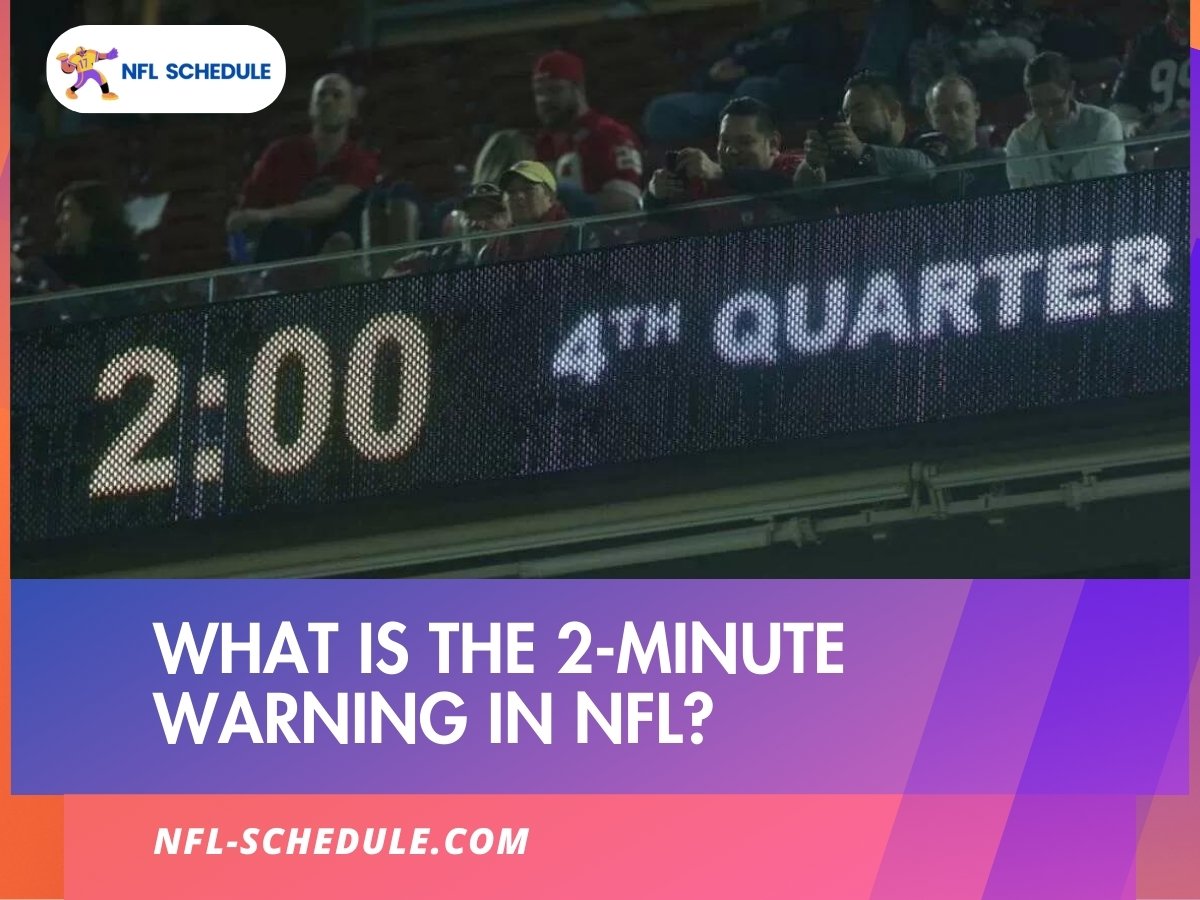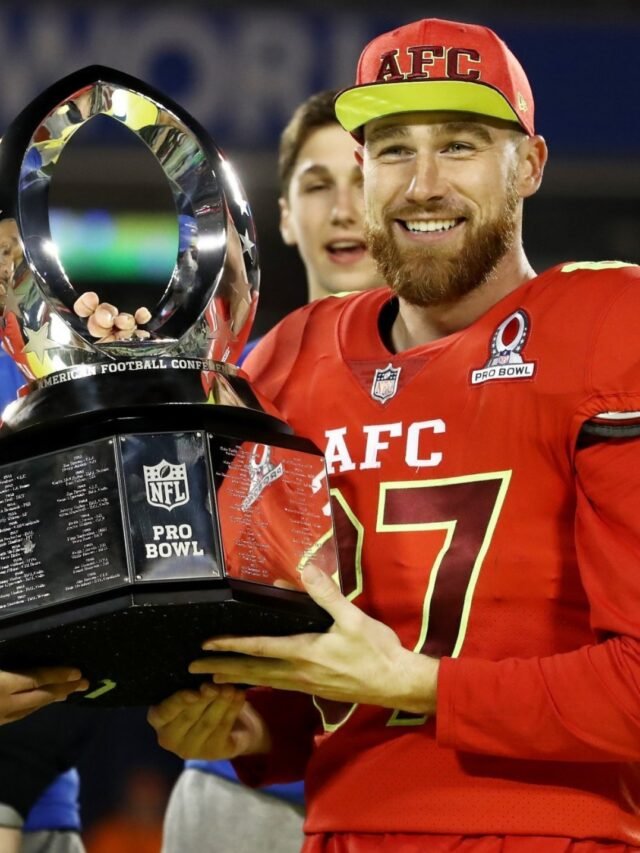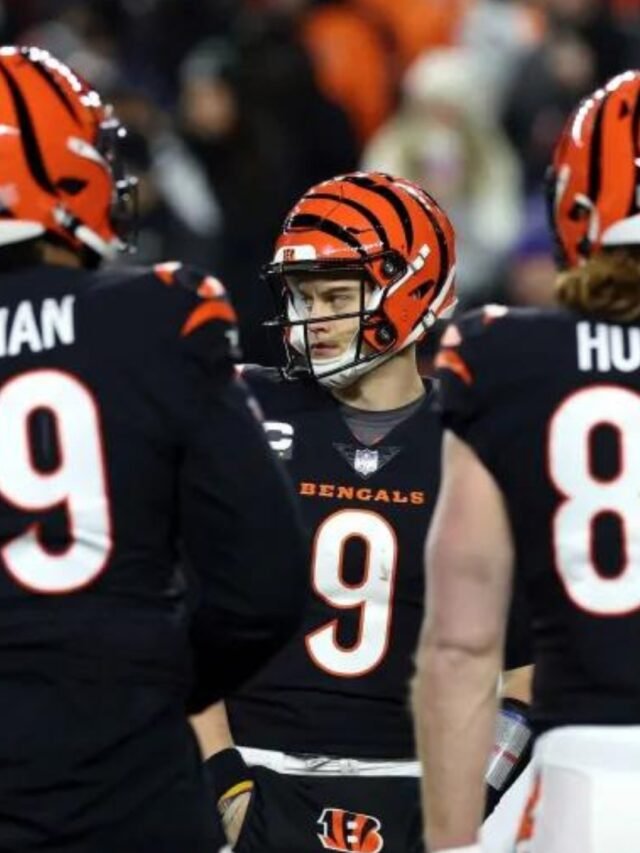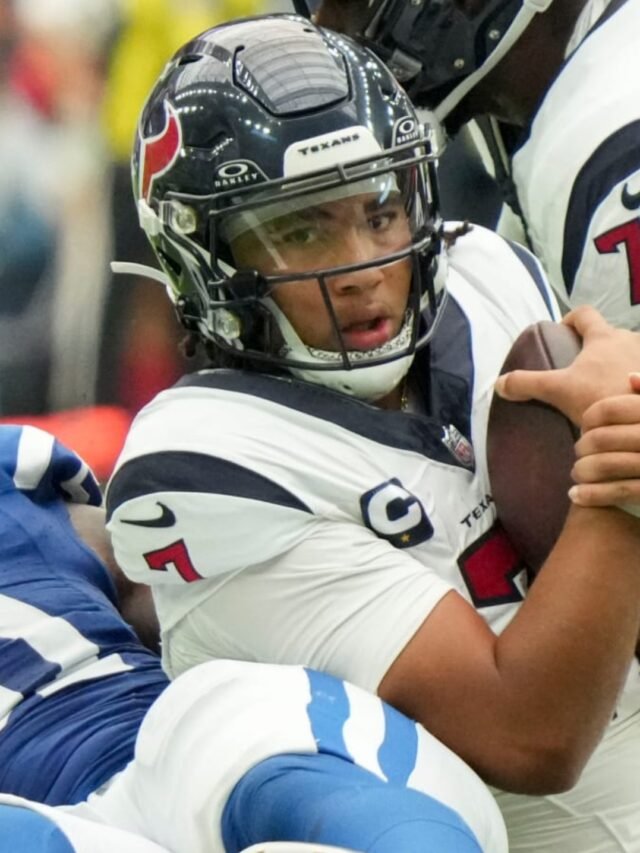The “2 minutes warning in the NFL” stands as one of the most strategically significant moments in any NFL game, captivating both teams and audiences with its potential to dramatically alter the game’s outcome. This segment of our guide looks deeper into the nuances of the 2 minutes warning, exploring its origins, rules, and the multifaceted strategies it engenders.
2 minutes warning in the NFL: Origins and Evolution
Historical Backdrop
The concept of the 2 minutes warning has roots deep in the early 20th century, reflecting the era’s technological limitations. Initially, it was a practical solution to the absence of reliable timekeeping mechanisms in stadiums, ensuring that both teams were aware of the impending end of each half. Over decades, as technology advanced, the rule’s role transformed, becoming a strategic fixture in the NFL playbook.
The Evolution of Strategy
The strategic implications of the 2 minutes warning have evolved alongside the game itself. Initially a simple heads-up to manage end-of-half tactics, it has grown into a cornerstone around which teams craft elaborate plans to leverage the last few minutes of play, highlighting the adaptability and depth of American football strategy.
The Rulebook Defined
Technicalities of the Rule
The NFL’s official rulebook states that play is automatically halted when the game clock hits the two-minute mark in both the second and fourth quarters, as well as overtime when applicable. This automatic timeout is unique because it is dictated by the game clock, not by a team’s decision.
Impact on Game Flow
The interruption serves multiple purposes: it ensures fairness by notifying both teams of the time remaining, allows for television commercials (adding a commercial aspect to its utility), and, most importantly, offers a strategic pause for teams to regroup and plan their next moves meticulously.
Read:
- What is a No Trade Clause in NFL? A Detailed Guide
- What is NFL Flex Scheduling? The Complete Explanation
Strategic Dimensions
For the Offense
The approach to the 2 minutes warning for an offensive team is multifaceted. Teams must balance the urgency of scoring with clock management, often opting for plays that stop the clock (e.g., passing plays that lead out of bounds) to maximize their scoring opportunities. The “two-minute offense” becomes a test of precision, speed, and strategic foresight, with quarterbacks and coaches playing pivotal roles.
For the Defense
Defensively, the strategy shifts towards containment and time management. The primary goal is to prevent scoring while also keeping the play in bounds to ensure the clock continues to run, minimizing the offense’s opportunities to score or halt the game clock. Defensive coordinates must anticipate and counter the offense’s accelerated tempo and play calling.
Scoring Trends
Scoring Spike: In the last two minutes of the first half, approximately 13% of field goals and 7.5% of touchdowns are scored. This uptick is mirrored at the end of games, where the desperation and urgency of teams intensify.
Tactical Nuances and Strategies
Offense Under Pressure
In the critical minutes following the 2 minutes warning, the offensive play-calling undergoes a transformation. Teams often resort to a high-tempo, no-huddle offense, aiming to maximize the number of plays they can run. Quarterbacks become the orchestrators of this frantic symphony, making snap decisions that can lead to either glory or heartbreak. The emphasis is on passing plays, especially those targeting the sidelines, to allow receivers to step out of bounds and stop the clock.
Defensive Countermeasures
Defensively, the strategy is all about containment and clock management. Defenses often switch to prevent formations, prioritizing the prevention of deep passes while risking shorter completions. The key is to keep the play in front of them, make tackles in bounds, and force the offense to use precious seconds or burn their remaining timeouts. This cat-and-mouse game between the offense trying to stop the clock and the defense trying to keep it running is a fascinating strategic battle.
Historical Significance and Memorable Moments
The 2 minutes warning has been the backdrop for some of the most dramatic moments in NFL history. Legendary comebacks, heartbreaking losses, and iconic plays often find their genesis in the final two minutes of play. These moments are not just footnotes in NFL lore; they are vivid reminders of the game’s unpredictability and the thin line between victory and defeat.
Examples of Dramatic Finishes
The Miracle at the New Meadowlands (2010)
One of the most unforgettable moments came during the Eagles vs. Giants game in 2010. Trailing by 21 points with just under 8 minutes to play, the Philadelphia Eagles mounted a miraculous comeback. The climax came with just 14 seconds left on the clock, after the 2 minutes warning, when DeSean Jackson returned a punt for a touchdown, completing the comeback to win the game 38-31. This event showcased the unpredictable nature of football within the final two minutes.
The Minneapolis Miracle (2018)
The 2017 NFC Divisional Playoff game between the Minnesota Vikings and the New Orleans Saints provided another jaw-dropping moment. With 10 seconds left on the clock, following the 2 minutes warning, Vikings quarterback Case Keenum threw a 61-yard touchdown pass to Stefon Diggs, who managed to stay in bounds and run it into the end zone as time expired. The Vikings won 29-24, demonstrating the high stakes and dramatic potential of the game’s final moments.
The Viewing Experience
For fans and viewers, the 2 minutes warning signals an imminent crescendo of excitement. It’s a moment when every play is magnified, and the tension is palpable. This period not only showcases the athletic prowess and strategic acumen of the players and coaches but also heightens the emotional investment of fans, making every second count.
Impact on Fans
The anticipation builds as the game clock winds down, creating a shared experience of suspense and excitement. This collective engagement is a testament to the game’s ability to bring people together, transcending the mere sporting contest to become a cultural event.
The Role in NFL History
The 2 minutes warning’s contribution to the NFL extends beyond the tactical; it is a fundamental part of the game’s narrative fabric. It has given rise to heroes and legends, moments that are etched in the memories of fans across generations. The rule itself, while simple in its essence, facilitates some of the most strategic and thrilling aspects of the game.
Evolving Strategies
As the game of football continues to evolve, so too do the strategies surrounding the 2 minutes warning. Coaches and players adapt, innovate, and find new ways to exploit these final moments, ensuring that the game remains as dynamic and unpredictable as ever.
Final Words
The 2 minutes warning in the NFL is more than a rule; it’s a pivotal phase that encapsulates the essence of football—strategy, skill, and suspense. Through its historical impact, strategic depth, and influence on the viewing experience, it remains a defining feature of the NFL, enriching the game’s narrative and ensuring that no lead is safe until the final whistle. As we’ve explored its various facets, it’s clear that the 2 minutes warning is not just a moment in the game; it’s a moment in history, continually redefining the boundaries of what’s possible in the sport of football.







